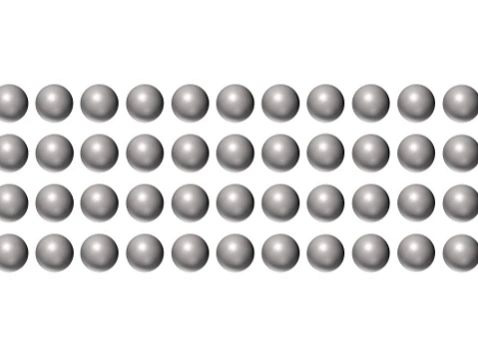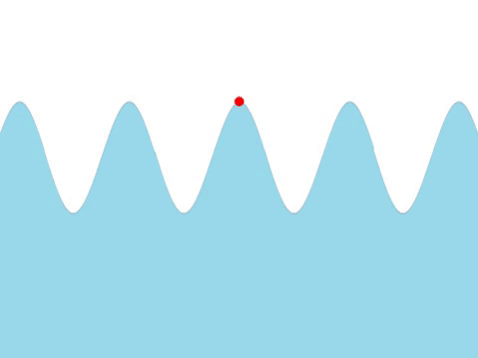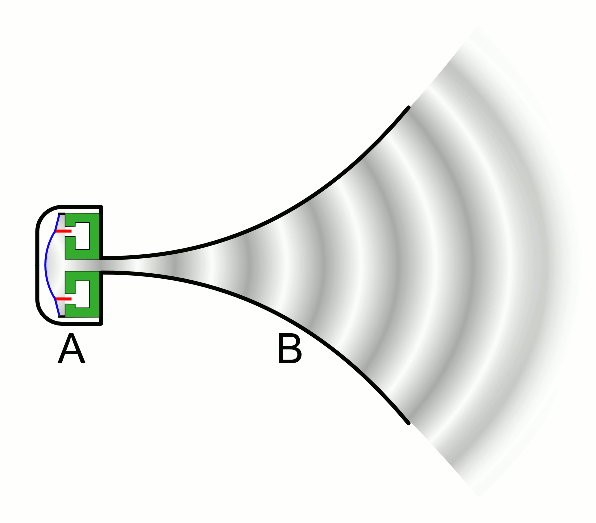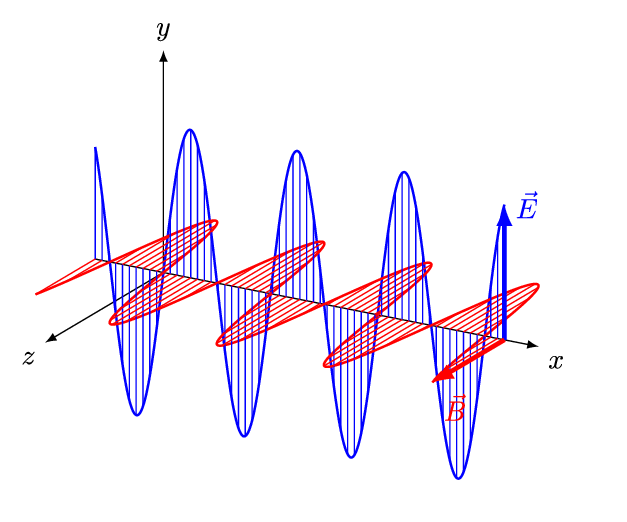Difference between revisions of "Wave"
(→Examples) |
|||
| Line 26: | Line 26: | ||
| style="height:20px; width:200px; text-align:center;" |'''Water Waves''' | | style="height:20px; width:200px; text-align:center;" |'''Water Waves''' | ||
|- | |- | ||
| − | |[[File: | + | |[[File:WaveFrequency.gif|center]] |
|- | |- | ||
| − | | style="height:20px; width:200px; text-align:center;" |A water '''wave''' | + | | style="height:20px; width:200px; text-align:center;" |A water '''wave''' appears to be [[Transverse Wave|transverse]] from the surface. |
|} | |} | ||
Revision as of 12:10, 17 October 2018
Key Stage 3
Meaning
A wave is a vibration that transfers energy from one location to another.
About Waves
- Waves can transmit energy and information from one place to another.
- Waves travel through a medium that allows the vibration.
- There are two types of wave; transverse and longitudinal.
- In longitudinal waves the vibration is in the same direction as the energy transfer.
- In transverse waves the vibration is perpendicular to the direction as the energy transfer.
Examples
| Transverse Wave | Longitudinal Wave |
| This is a transverse wave on a string where the vibration is perpendicular to the motion of the wave. | This is a longitudinal wave on a string where the vibration is parallel to the motion of the wave. |
| Water Waves |
| A water wave appears to be transverse from the surface. |
| Sound Waves |
| Sound waves are longitudinal waves of compression. |
| Light Waves |
| Light waves are electromagnetic waves, which are transverse with the vibration at right angles to the motion of the wave. |




